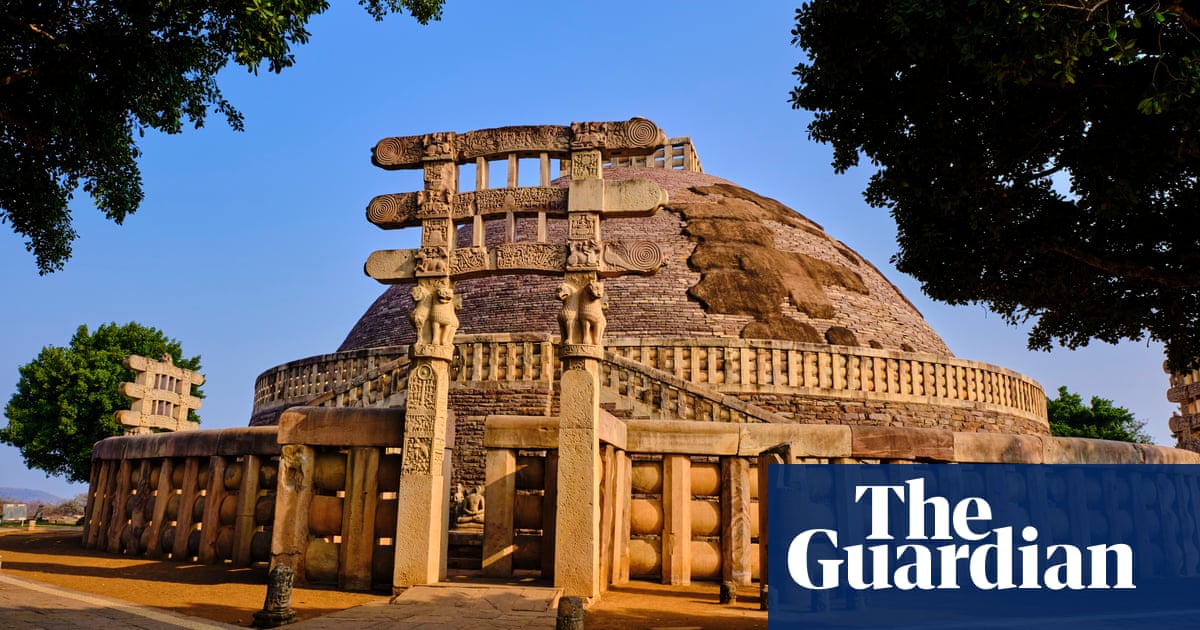At the height of the Roman empire, after its conquest of Egypt in 30BC, luxurious Indian goods suddenly became available to Europeans in unprecedented quantities. No one could resist them. So much gold and silver flowed away to India to pay for these things, grumbled Pliny the Elder, that the subcontinent had become “the sink of the world’s most precious metals”.
At a time when the yearly wage of a Roman soldier was about 900 sesterces, Pliny, a Roman miltiary commander and author, estimated that Indian merchants were annually draining the empire of at least 55m sesterces. He would have been horrified to know that, in fact, Indian imports into Egypt at this time were probably worth over a billion sesterces a year. Indian museums are said to hold more Roman coins than any other country outside the former empire.
All this, merely “to enable the Roman matron to flaunt see-through clothes in public”, sneered Pliny. His carping that the imperial balance of trade had been wrecked by “women’s decadent need to follow fashion” only underlines that, 2,000 years ago, the fabulous lightweight muslins and other cottons manufactured in India had become the most coveted textiles in the world. His dislike of India’s spices (“It is quite surprising that the use of pepper has come so much into fashion,” he wrote, “its only desirable quality being a certain pungency …”), and of its famed gems and handicrafts, also made him an outlier among his compatriots. So addicted did Europeans become to Indian peppercorns that by the first century BC, even soldiers guarding the far frontier of the empire, at Hadrian’s Wall in Britain, craved Indian pepper to spice up their daily meals. In Rome itself, Caligula’s consort Lollia Paulina proudly walked around wearing 40m sesterces’ worth of Indian emeralds and pearls in her hair, around her neck and on her shoes.
Forget the Silk Road, argues William Dalrymple in his dazzling new book. What came first, many centuries before that, was India’s Golden Road, which stretched from the Roman empire in the west all the way to Korea and Japan in the far east. For more than a millennium, from about 250BC to AD1200, Indian goods, aesthetics and ideas dominated a vast “Indosphere”. Indian merchants, travelling huge distances on the monsoon winds, reaped vast profits from its matchless cloth, spices, oils, jewellery, ivory, hardwoods, glass and furniture.
The Golden Road deftly charts these economic developments. But Dalrymple’s larger theme is India’s intellectual hegemony. As he shows, during this era India was the great religious and philosophical superpower of Eurasia, with lasting effects into the present.
The book focuses first on the spread of Buddhism, which from a marginal Indian sect in due course became central to Chinese, Japanese and Korean culture, as well as flourishing elsewhere in the region. It then traces the extraordinary adoption of Hindu and Sanskrit culture by rulers across south-east Asia who were swayed by the prestige of these Indian modes of thought and life. The greatest Buddhist and Hindu temples ever constructed lie not in India itself, but, respectively, at Borobodur on Java, and at Angkor Wat in Cambodia, the largest religious structure ever erected anywhere in the world. Finally, The Golden Road tells the gripping story of how fundamental astronomical and mathematical tools such as our modern number symbols, the decimal system, algebra, trigonometry and the algorithm were developed in India and spread across the world and, along with the Indian game of chess, eventually reached the backward cultures of Christian Europe.
Dalrymple is a born storyteller, with a wonderful facility for expounding complex events with verve and clarity. Like any successful synthesis, his text draws on vast reading as well as a keen eye for telling details. Yet it’s also a deeply personal work. Before writing a string of acclaimed books about British imperial adventures in south Asia, he was already renowned as a chronicler of its esoteric religious traditions. The Golden Road, teeming with his own evocative descriptions of far-flung cave and forest temples, sculptures and wall paintings, is not just a historical study but also a love letter – to a lost syncretic world of interacting and evolving religious creeds and intellectual movements, when Indian ideas transformed the world.
